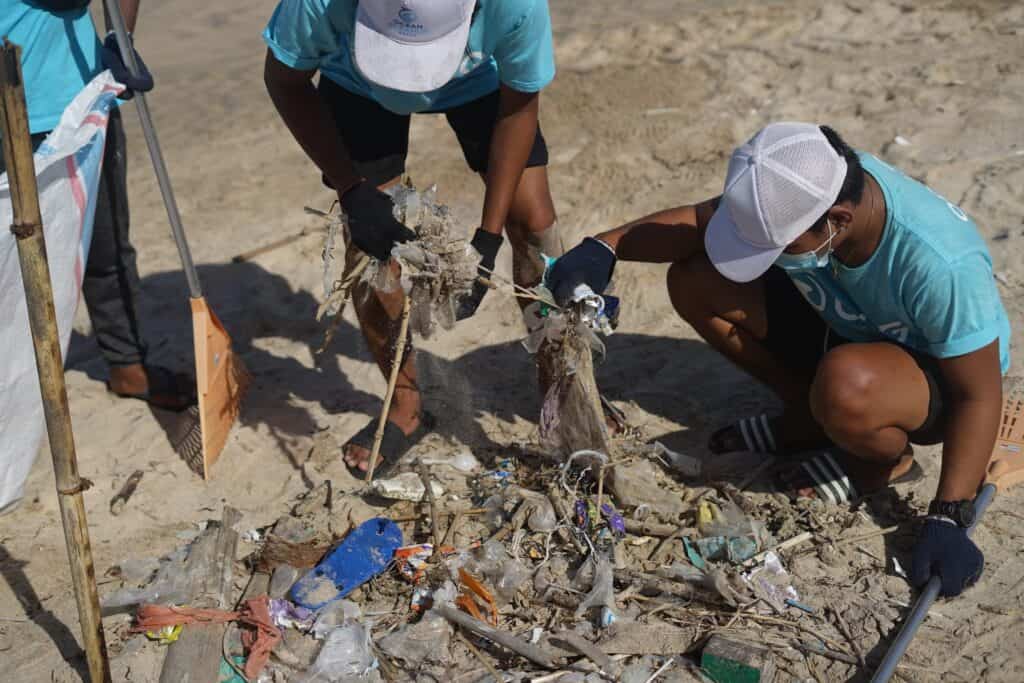
As of December 2022, over 1.2 million people were employed by charities in England and Wales. For every one of these paid employees, there were around 5 volunteers. Keeping track of those 7 million or so workers can be a challenge, particularly if they work alone or in a remote setting.
Lone workers in the sector may work in fundraising, campaigning, or managing charity shops. Alternatively, they may be directly looking after our environment, nature, and those in society who need an extra hand.
The HSE makes it clear that it doesn’t want worries about ‘health and safety’ to put people off volunteering and working for charitable causes. At the same time, those running charitable organisations have certain reasonable responsibilities to those that work for them.
A lone worker is someone who works out of sight or earshot of their colleagues for some or all of their day. Lone working, by its nature, can increase the risk of serious injury, by lowering levels of oversight and increasing response times to potential emergencies.
Lone working, particularly with the public, or in people’s homes, increases the risk of any role. In this article, we’ll help you understand how charities can keep their workers stay safe without interfering with their important work.
Charity workers take on a variety of roles, many of which involve interacting with the public. Working with the public can bring a level of unpredictability to any role.
And these risks are far from hypothetical; Unison reports that nearly half of people working in the ‘third sector’ have experienced violence or aggression at work.
Similarly, a Home Office investigation found almost a third of charity retailers had seen an increase in abuse towards their staff in the previous two years.
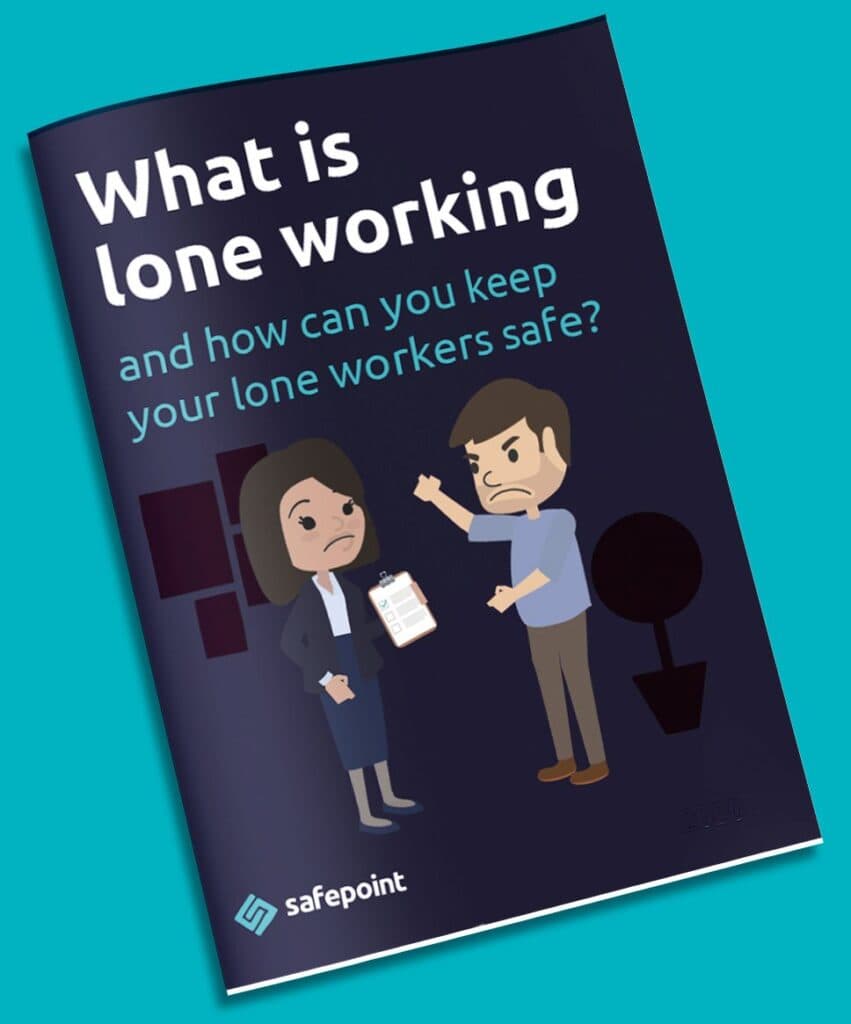
According to the HSE, a fully volunteer-based organisation only requires a common law duty of care. In these cases, if something was to go wrong and someone was to sue, it would be up to the courts to deem if there had been a serious transgression of negligence.
In these cases, organisations and individual volunteers should of course look at the risks associated with their roles, and take measures to protect themselves and the people around them. A good place to start is to make a risk assessment, and see what risks your volunteers will face.
If an organisation has at least one employee, then they must meet the regulations laid down by the Safety at Work etc Act 1974 (HSW Act).
The HSW Act sets out the general duties that employers have towards employees. It also sets out how those employers should protect those that they work with, including customers, the public and volunteers.
This doesn’t mean a lot of stressful ‘red tape’, it just means assessing the hazards and risks your team will face, handling those in a responsible way and working to provide a safe working environment for your employees and the people your work with.
Many roles will have low risks associated with them, but some lone-working roles, particularly where staff and volunteers are working with the public, may come with higher risks.
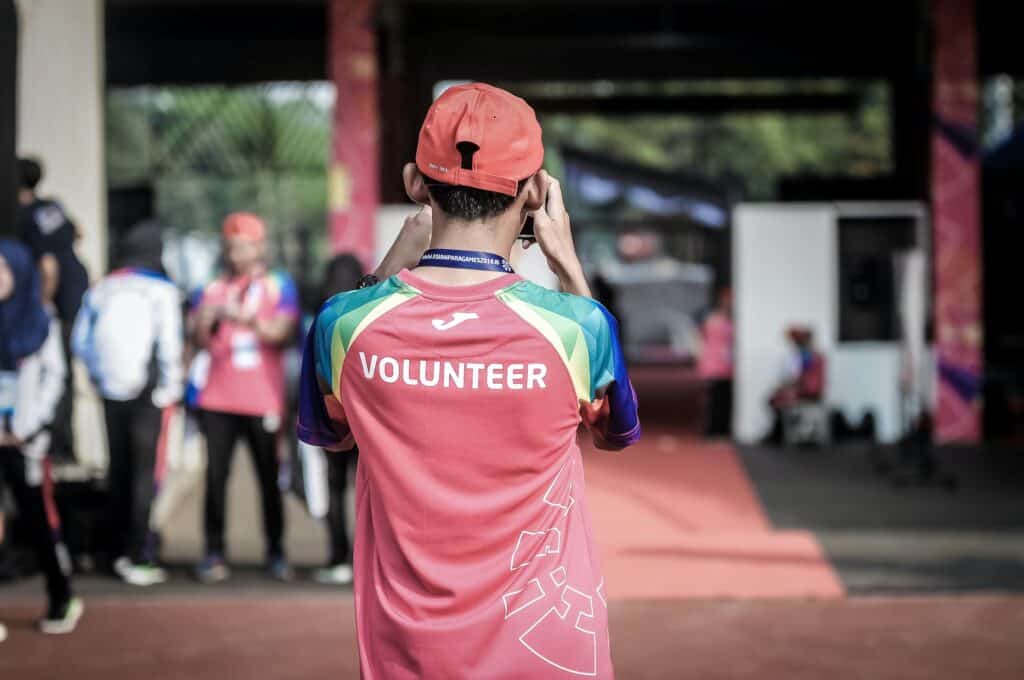
Working alone means that workers have less direct supervision and oversight. If a lone worker were to make a mistake, there would be no one to pick up on it. And if a lone worker was injured or under duress, it is more difficult for them to call out for help.
This is why the HSE requires employers to mitigate the risks of lone working and to avoid it where possible. Where lone working is necessary, employers should set up a comprehensive risk assessment and provide lone workers ‘adequate and reliable means of communication and a way to call for help’ which may include ‘devices designed to raise the alarm in an emergency which can be operated manually or automatically’.
For a full understanding of the risks related to working alone, head to our complete lone working guide. Otherwise, we will go through some of the ways of protecting lone workers in the charity and non-profit sector, below.
Accountability and visibility for lone workers in the charity sector is imperative to keeping them safe. Working alone is perfectly normal, but it should be taken seriously, and avoided where there is a higher risk. When lone working is necessary, consider the following:
All sorts of businesses rely on Safepoint’s lone worker solutions and 24/7 Alarm Receiving Centre to keep their staff protected and organised. Some charity and not-for-profit organisations that use Safepoint include:
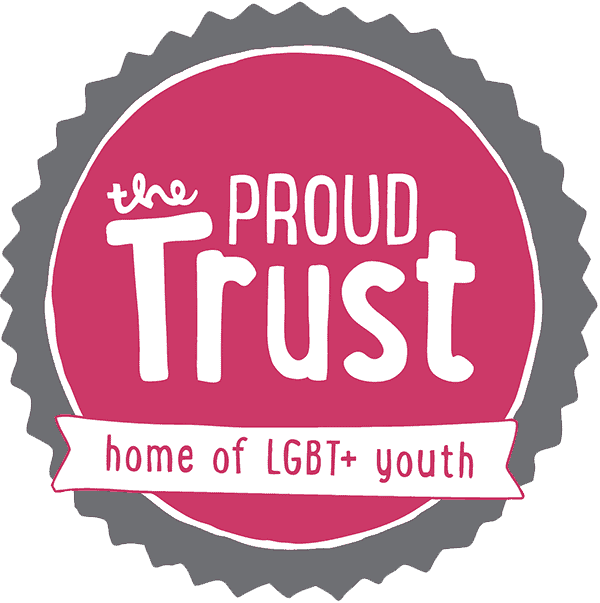




Safepoint provides award-winning lone working solutions for workers in the charity sector along with many other industries across the UK and abroad.
When charity workers and volunteers are equipped with Safepoint’s apps and wearable panic alarms, they can set up timed, GPS-tracked ‘tasks’ (such as ‘Canvassing on London Street – 3 hrs’).
If the worker runs into trouble, they can tap a button on their phone or wearable panic alarm and an alert will be sent out (along with their live location).
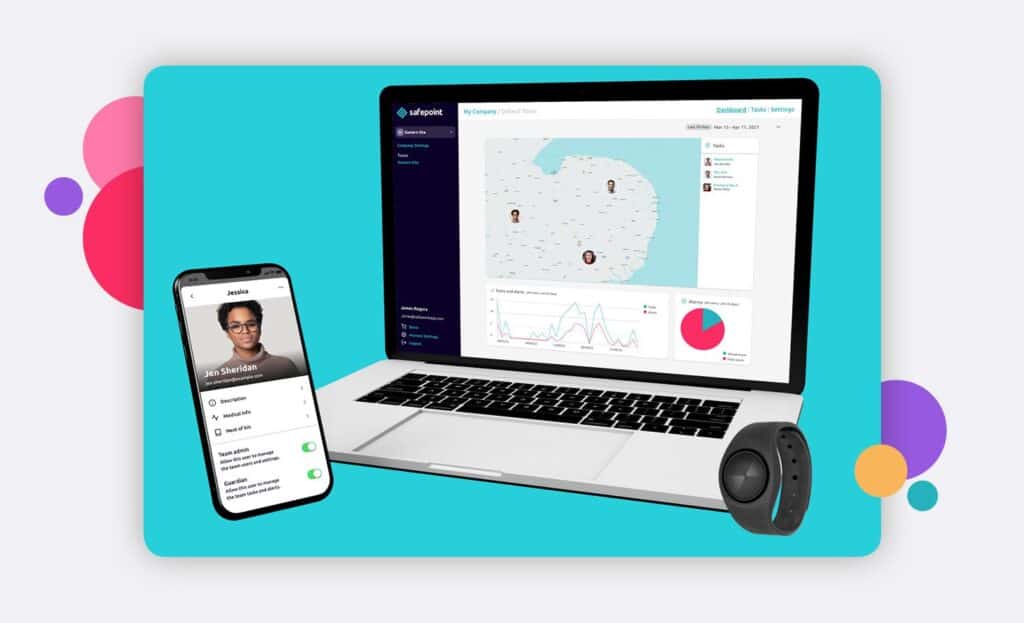
But what if a worker is incapacitated (for instance, by tripping in their charity shop store room)? With Safepoint, an alert will also automatically be sent out if a user takes a fall (sometimes called a man-down feature) or is unresponsive.
With Safepoint, charity organisations can supervise their whole team through the Safepoint app or web portal –where they can see alerts, live locations, status updates, team analytics and more. They can even see a what3words location for their staff –perfect when workers are miles away from a traditional address.
What’s more, with Safepoint’s 24/7 GuardianPlus service, your team’s safety can be monitored day and night by an accredited team of expert responders. These emergency response professionals, working out of a dedicated Alarm Receiving Centre, will handle any emergency –from first response, to escalation management, to liaising with the emergency services.
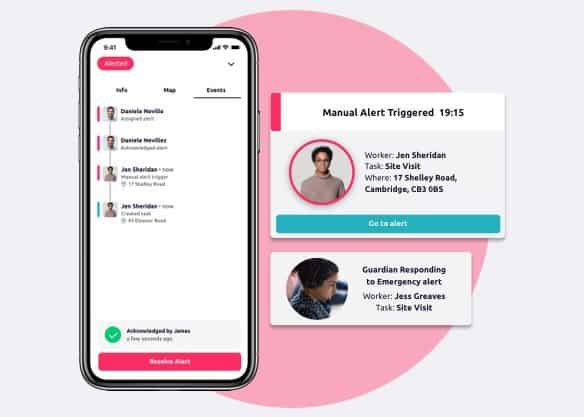
Award-winning safety management tools and a fully accredited response team.